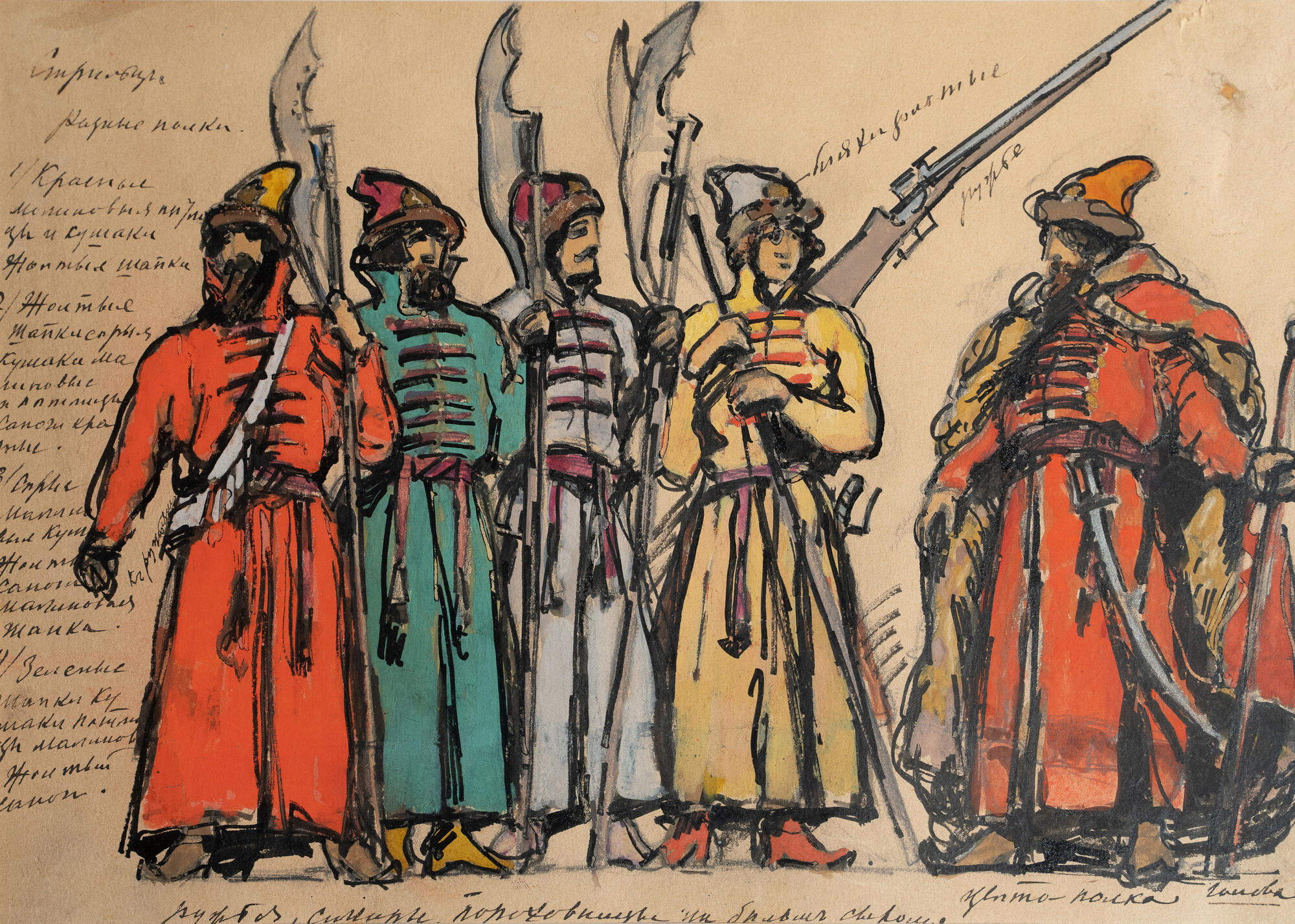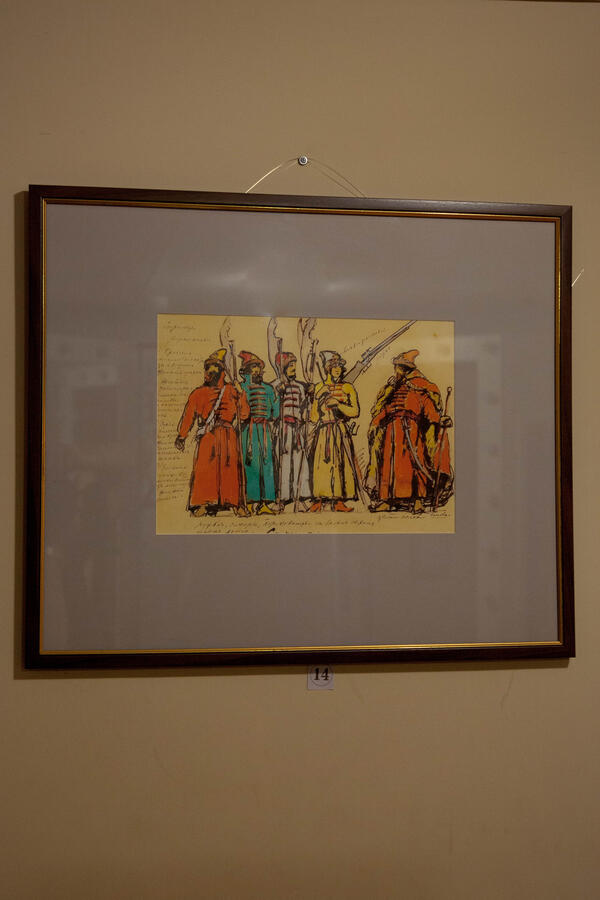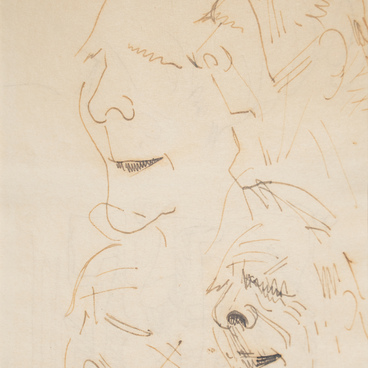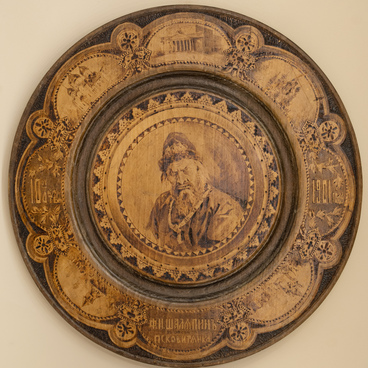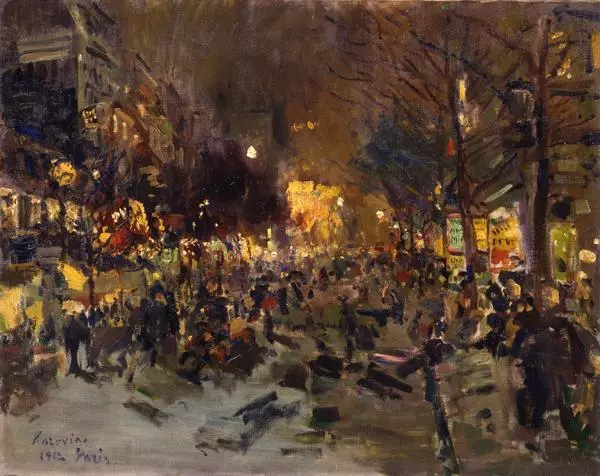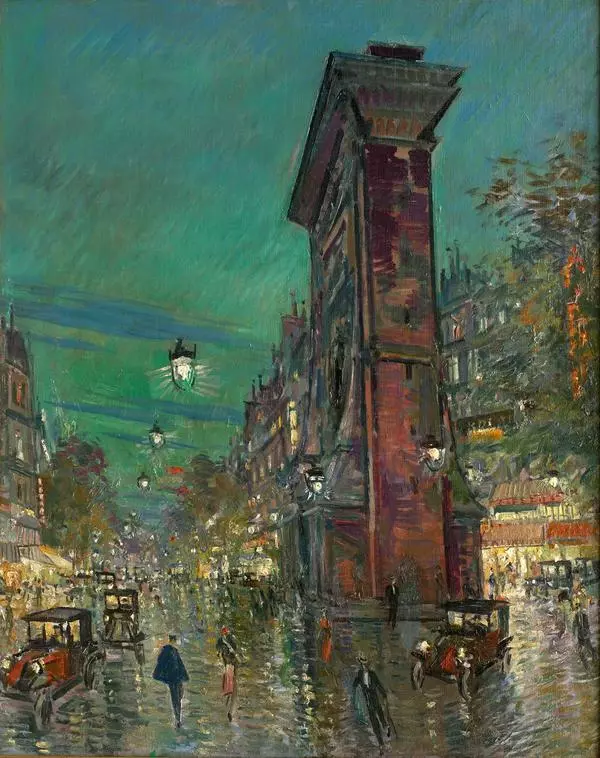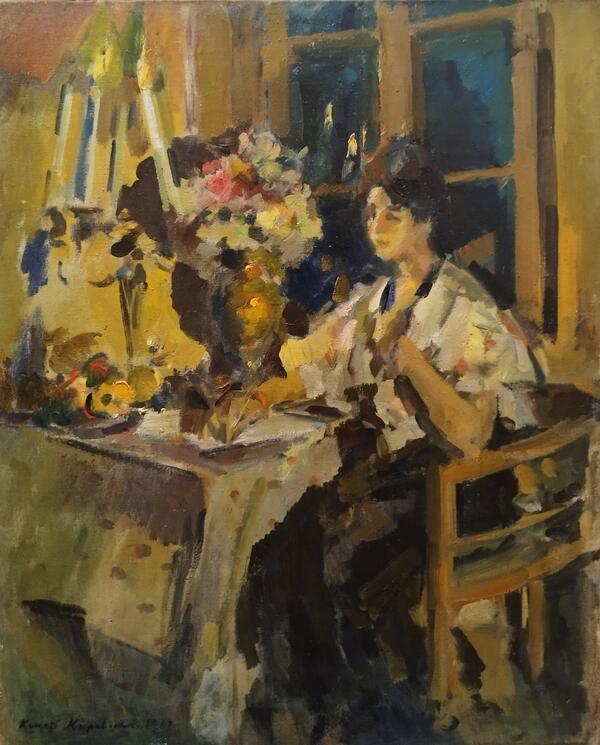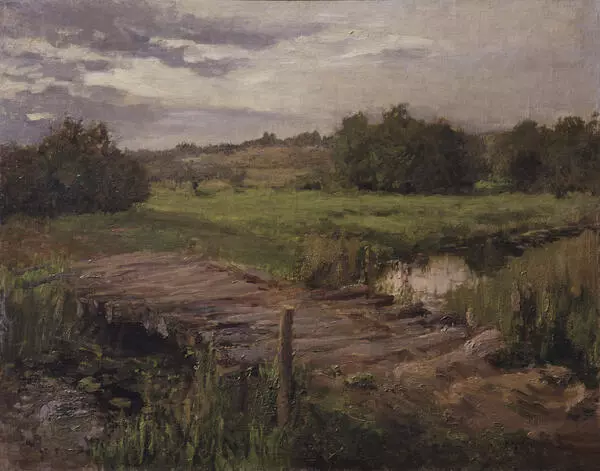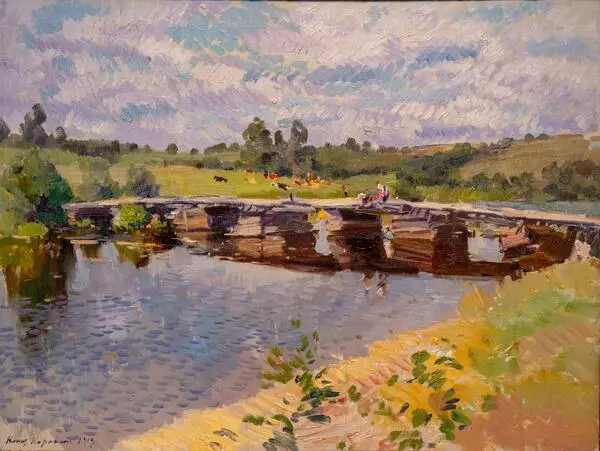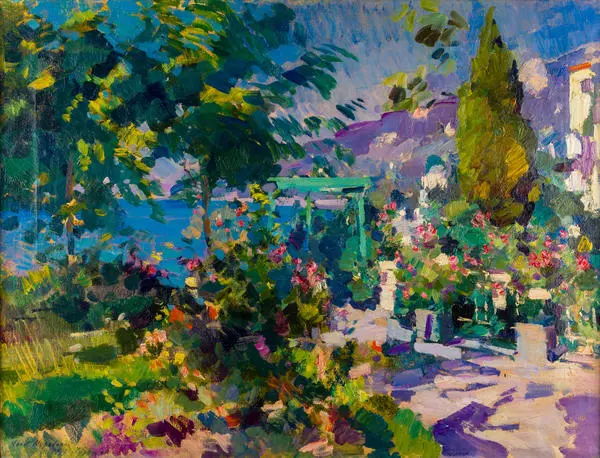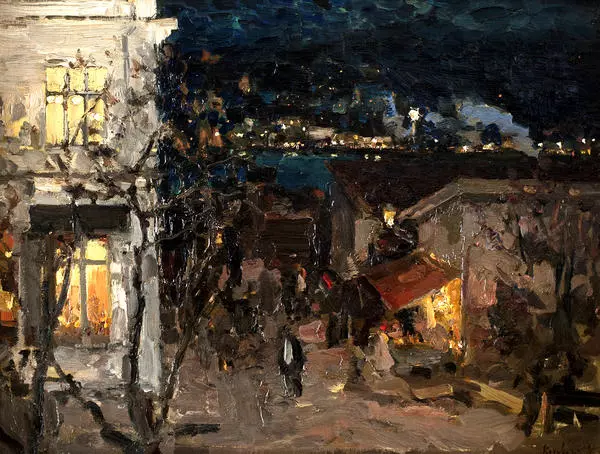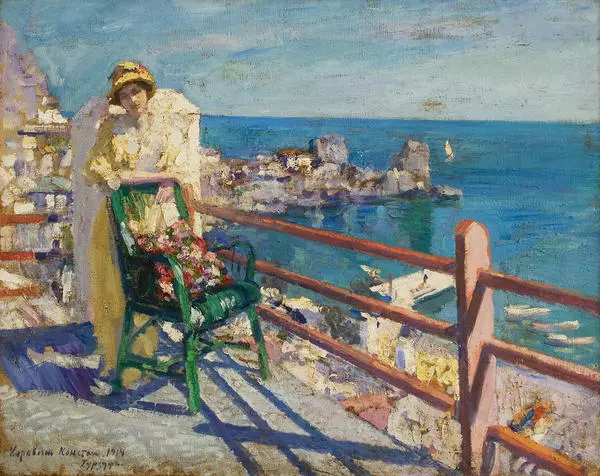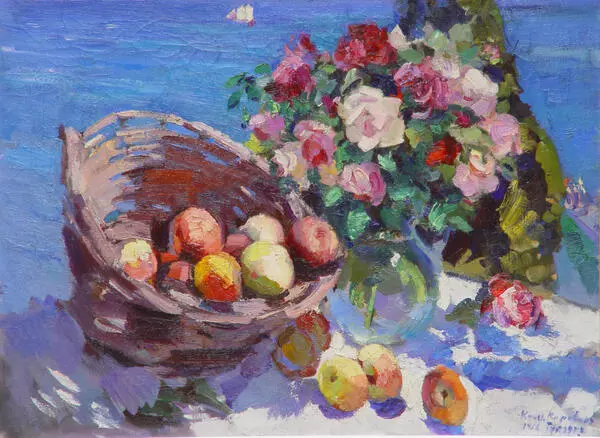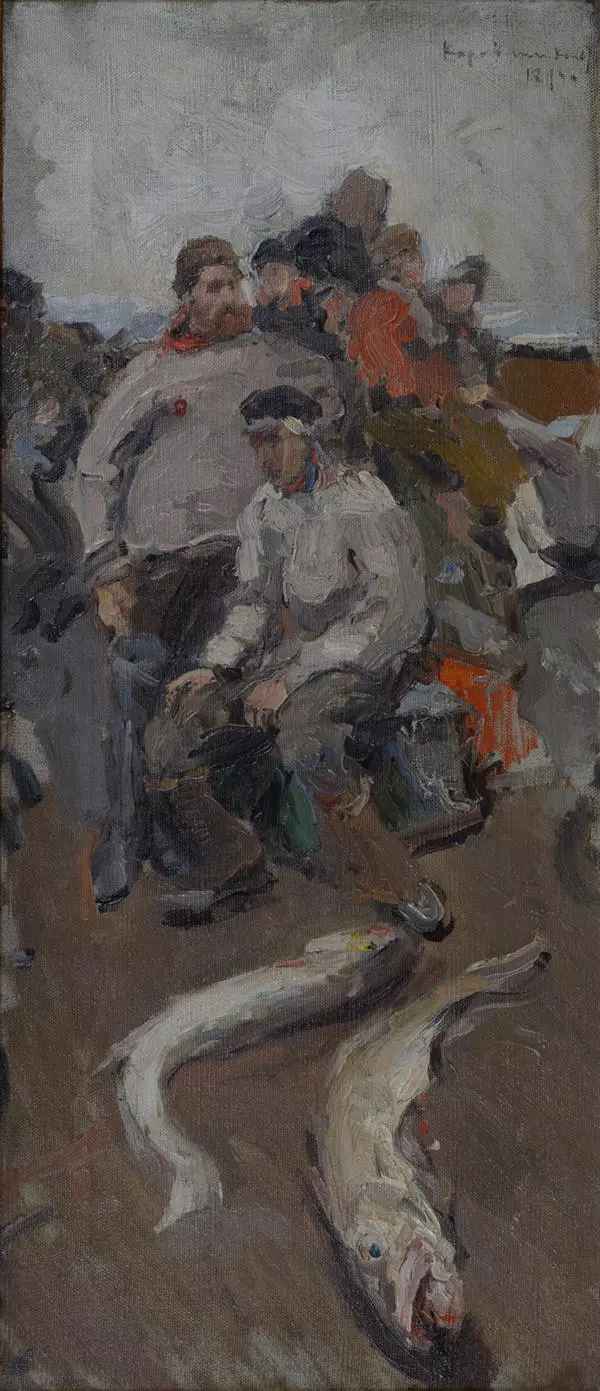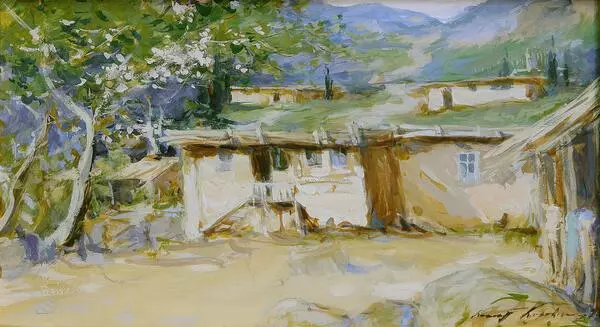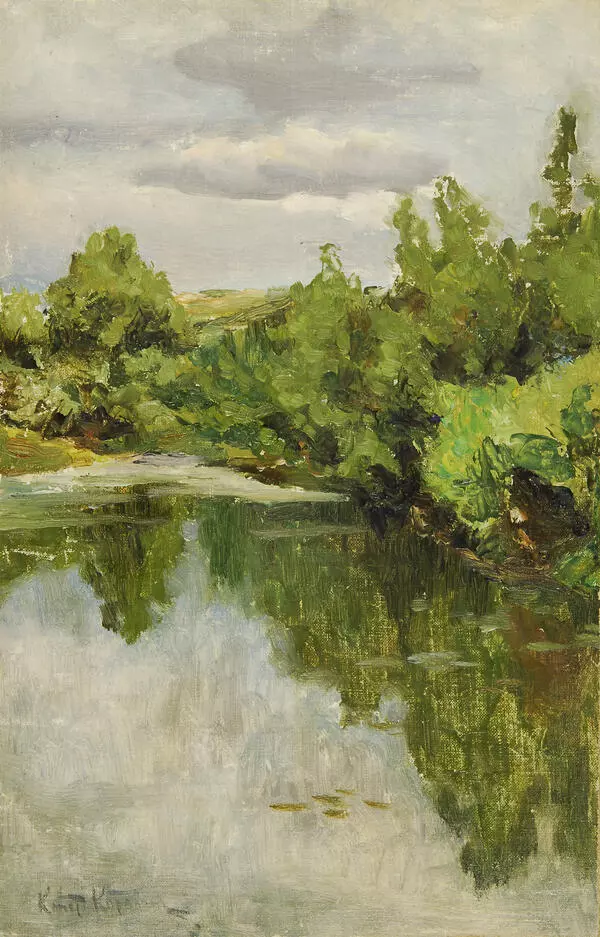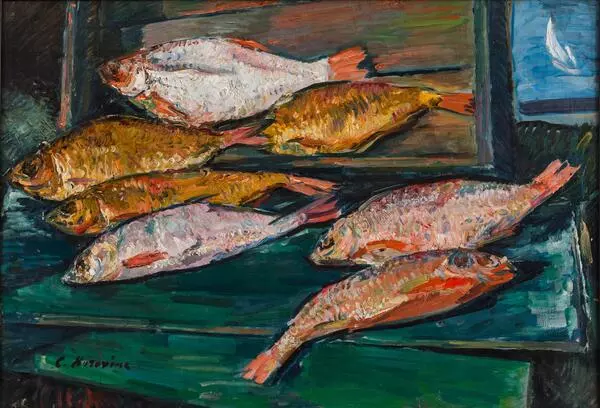The collaboration between Feodor Chaliapin and the outstanding impressionist painter Konstantin Korovin was fruitful. Vladimir Arkadyevich Telyakovsky, who headed the Imperial Theaters, believed that this painter’s ideology had the most in common with Chaliapin’s, that he understood Chaliapin’s personality well, supported his creative ideas and made critical comments about them, which proved to have a beneficial effect on the development of the singer’s dynamic personality.
The Chaliapin Estate Museum houses a 1911 sketch of streltsy costumes for Modest Mussorgsky’s opera “Khovanshchina”, drawn by Konstantin Korovin for the Mariinsky Theater. The painter and the singer worked together on the staging of “Khovanshchina”.
Mussorgsky based the opera on works describing the events of the first Streltsy uprising of 1682 and imbued the music with artistic individuality, with the sounds reflecting the raging crowd and the benign specks of reason amid total chaos. Chaliapin acted both as a singer for the role of the elder Dosifey and as a stage director. During the staging of the opera, the Peterburgskaya Gazeta (Saint Petersburg Gazette) published an article entitled “Feodor Chaliapin as Stage Director” in 1911, which reported that,
The Chaliapin Estate Museum houses a 1911 sketch of streltsy costumes for Modest Mussorgsky’s opera “Khovanshchina”, drawn by Konstantin Korovin for the Mariinsky Theater. The painter and the singer worked together on the staging of “Khovanshchina”.
Mussorgsky based the opera on works describing the events of the first Streltsy uprising of 1682 and imbued the music with artistic individuality, with the sounds reflecting the raging crowd and the benign specks of reason amid total chaos. Chaliapin acted both as a singer for the role of the elder Dosifey and as a stage director. During the staging of the opera, the Peterburgskaya Gazeta (Saint Petersburg Gazette) published an article entitled “Feodor Chaliapin as Stage Director” in 1911, which reported that,
